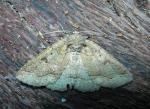
| Recorded by: R. Newman on 2025-05-13
Carteret Co.
Comment: | 
| Recorded by: R. Newman on 2025-04-08
Carteret Co.
Comment: |

| Recorded by: R. Newman on 2025-03-13
Carteret Co.
Comment: | 
| Recorded by: R. Newman on 2024-05-11
Carteret Co.
Comment: |
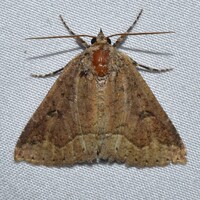
| Recorded by: David George, Jeff Niznik, Rich Teper on 2024-04-16
New Hanover Co.
Comment: | 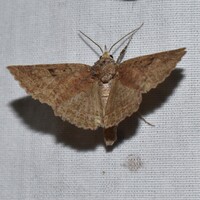
| Recorded by: David George, Jeff Niznik, Rich Teper on 2024-04-16
New Hanover Co.
Comment: |
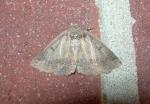
| Recorded by: R. Newman on 2024-04-02
Carteret Co.
Comment: | 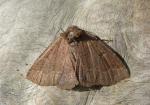
| Recorded by: R. Newman on 2024-03-07
Carteret Co.
Comment: |
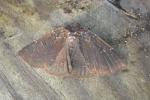
| Recorded by: R. Newman on 2023-05-10
Carteret Co.
Comment: | 
| Recorded by: R. Newman on 2023-04-04
Carteret Co.
Comment: |

| Recorded by: R. Newman on 2022-05-05
Carteret Co.
Comment: | 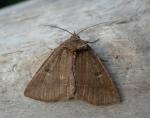
| Recorded by: R. Newman on 2021-08-30
Carteret Co.
Comment: |
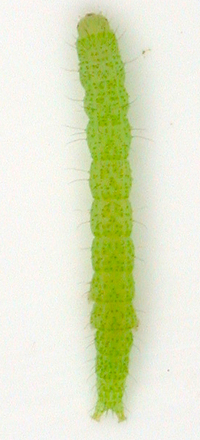
| Recorded by: J.B. Sullivan on 2021-05-03
Carteret Co.
Comment: | 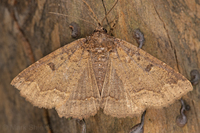
| Recorded by: Mark Shields on 2021-04-07
Onslow Co.
Comment: |
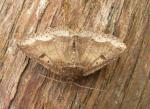
| Recorded by: R. Newman on 2021-03-27
Carteret Co.
Comment: | 
| Recorded by: R. Newman on 2021-03-14
Carteret Co.
Comment: |

| Recorded by: Britta Muiznieks on 2014-08-31
Dare Co.
Comment: | 
| Recorded by: Britta Muiznieks on 2014-05-28
Dare Co.
Comment: |
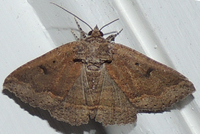
| Recorded by: Britta Muiznieks on 2014-05-25
Dare Co.
Comment: | 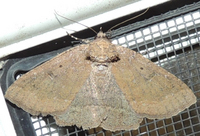
| Recorded by: Britta Muiznieks on 2014-04-27
Dare Co.
Comment: |

| Recorded by: Newman,Randy on 2010-04-02
Carteret Co.
Comment: | 
| Recorded by: Newman, Randy on 2006-05-23
Carteret Co.
Comment: |
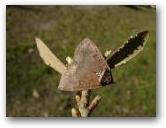
| Recorded by: Newman, Randy on 2005-04-05
Carteret Co.
Comment: | 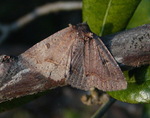
| Recorded by: Newman, Randy on 1999-11-30
Carteret Co.
Comment: |
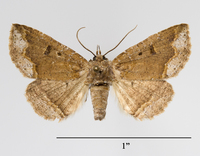
| Recorded by: JBS on 1996-07-16
Carteret Co.
Comment: Collected in maritime scrub. Wingspan = 3.5 cm | 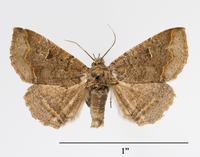
| Recorded by: JBS on 1994-03-23
New Hanover Co.
Comment: Collected in maritime forest. Wingspan = 3.5 cm |
|

 »
»


 »
»
